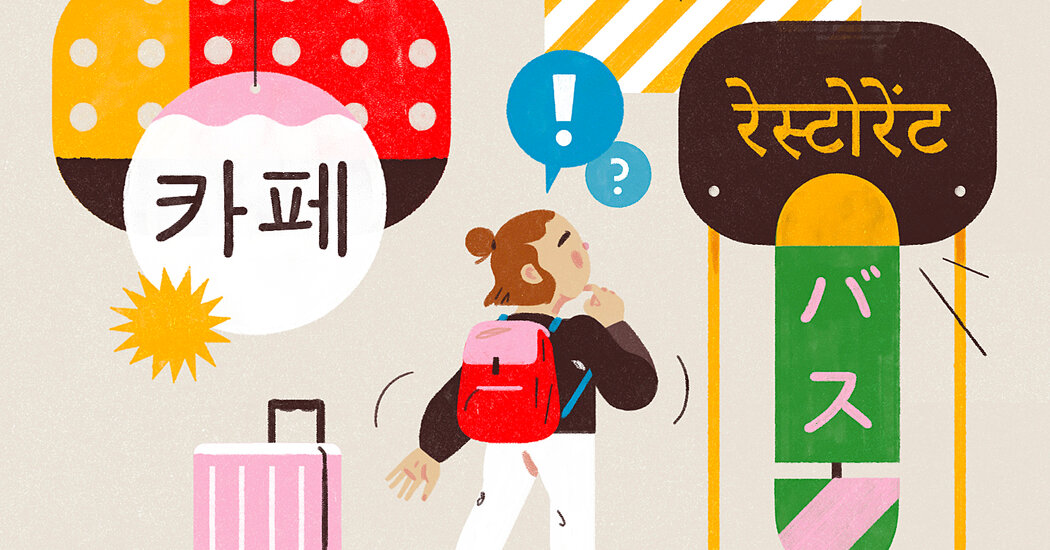Google Translate and Papago offer character drawing, but Google had an annoying habit of inputting a character before you’ve finished fully drawing — which puts you into a somewhat frantic race against time, and can radically change meanings. (An initial translation for the Korean for “How much is it?” came out as “Is it frozen?”)
Regardless, to commit to character drawing is to sign up for some time spent scribbling on your palm. The process works more smoothly for simpler scripts like Japanese hiragana and katakana, and is more involved for Chinese and some Korean hangul. (Those traveling to Taiwan should remember that Traditional Chinese characters are the standard, which are even more complex.)
The kinetic process of handwriting in these apps can be good for an intermediate or advanced language learner, who might want to learn characters in a more active way while traveling. Those learners can try Pleco (for Chinese) and Kanji Recognizer (for Japanese, Android only), which are essentially dictionary apps and provide more detailed translations and shades of meaning.
A useful tip: Some smartphones actually have handwriting as an installable option in their keyboard settings. So while Microsoft Translator, for example, does not have handwriting functionality, you can just use your keyboard to draw characters into its standard text translate field, and it will work just the same.
Speak up!
For those who prefer to talk, speech-to-text (and text-to-speech) is offered on many of these translation apps, including Google Translate, Microsoft Translator, Papago and Pleco.
The app SayHi — which has Cantonese, Hindi or Thai, among other languages — specializes in voice and audio, and can play your translation in a man or woman’s voice and vary the speed. It also keeps a history of all your translations, so you can replay a phrase you use often, like “I’m allergic to seafood!” It even has a conversation mode: You select two languages, set the phone down between two people, and take turns speaking back and forth.
Overall, Google and Microsoft worked fine, but would often halt after five or six seconds while Say Hi routinely managed 20 to 30 seconds at a time. This extra listening time is often crucial to catch the half-sentences, or general confusion of a live voice translation.
Click Here to Read the Full Original Article at NYT > Travel…
